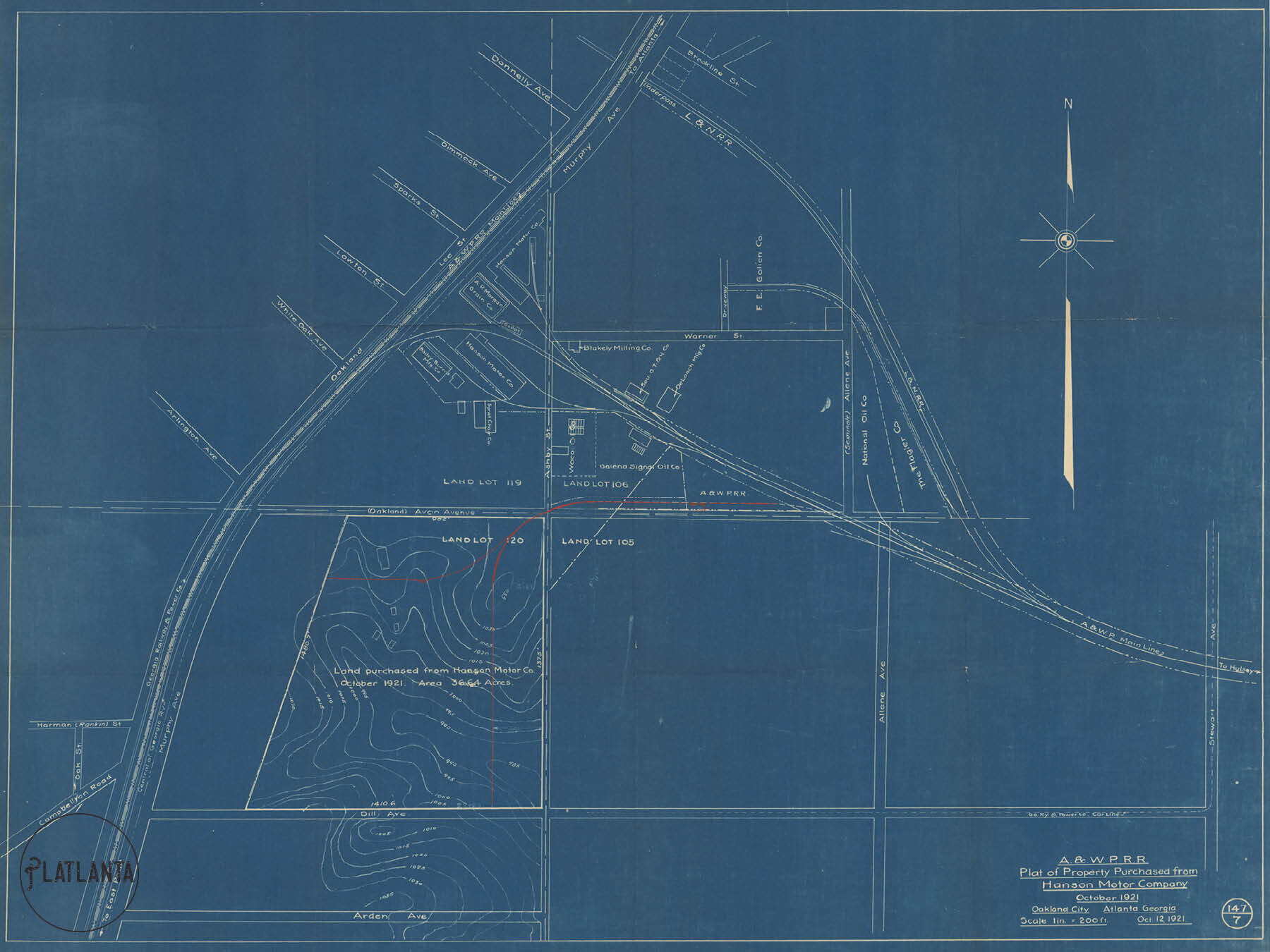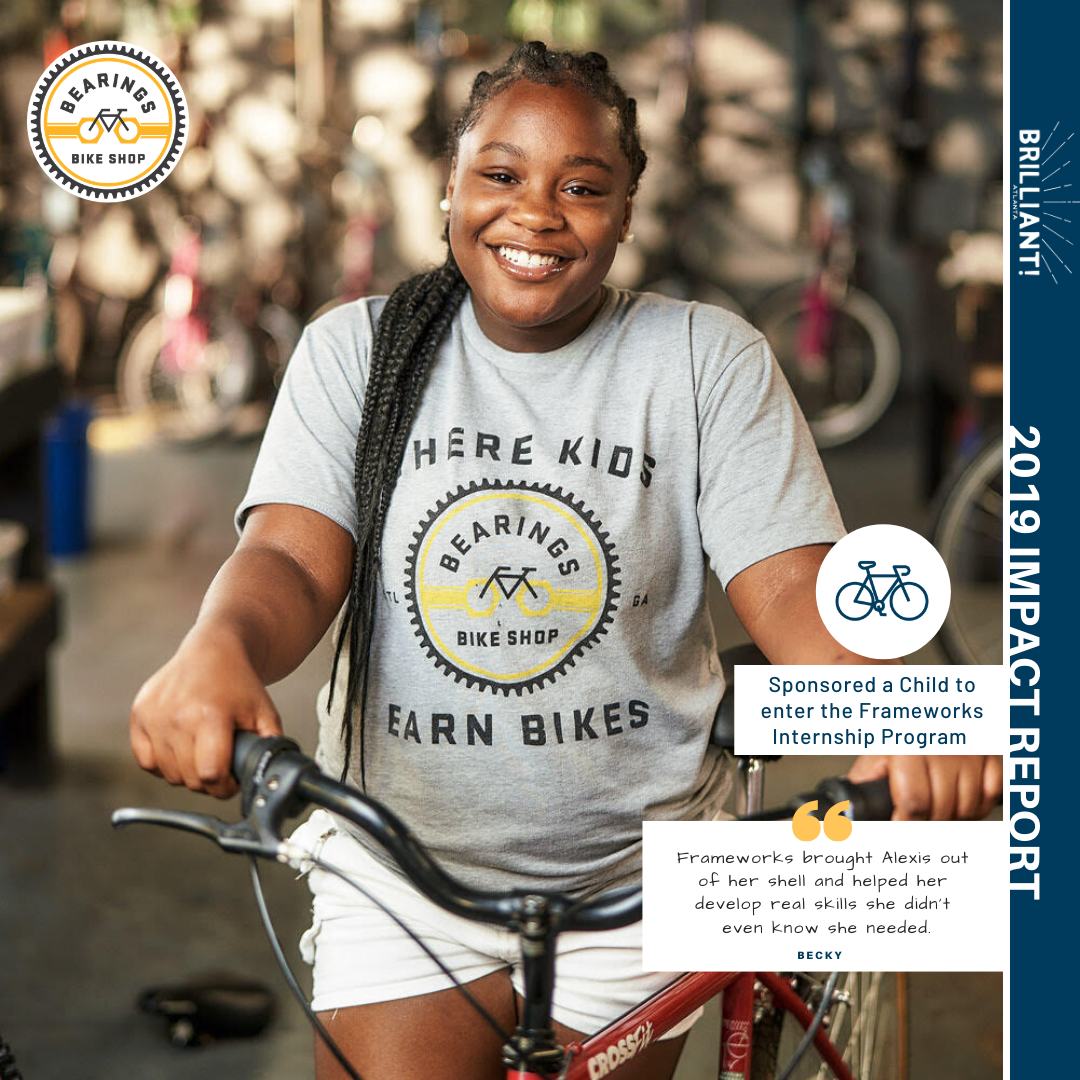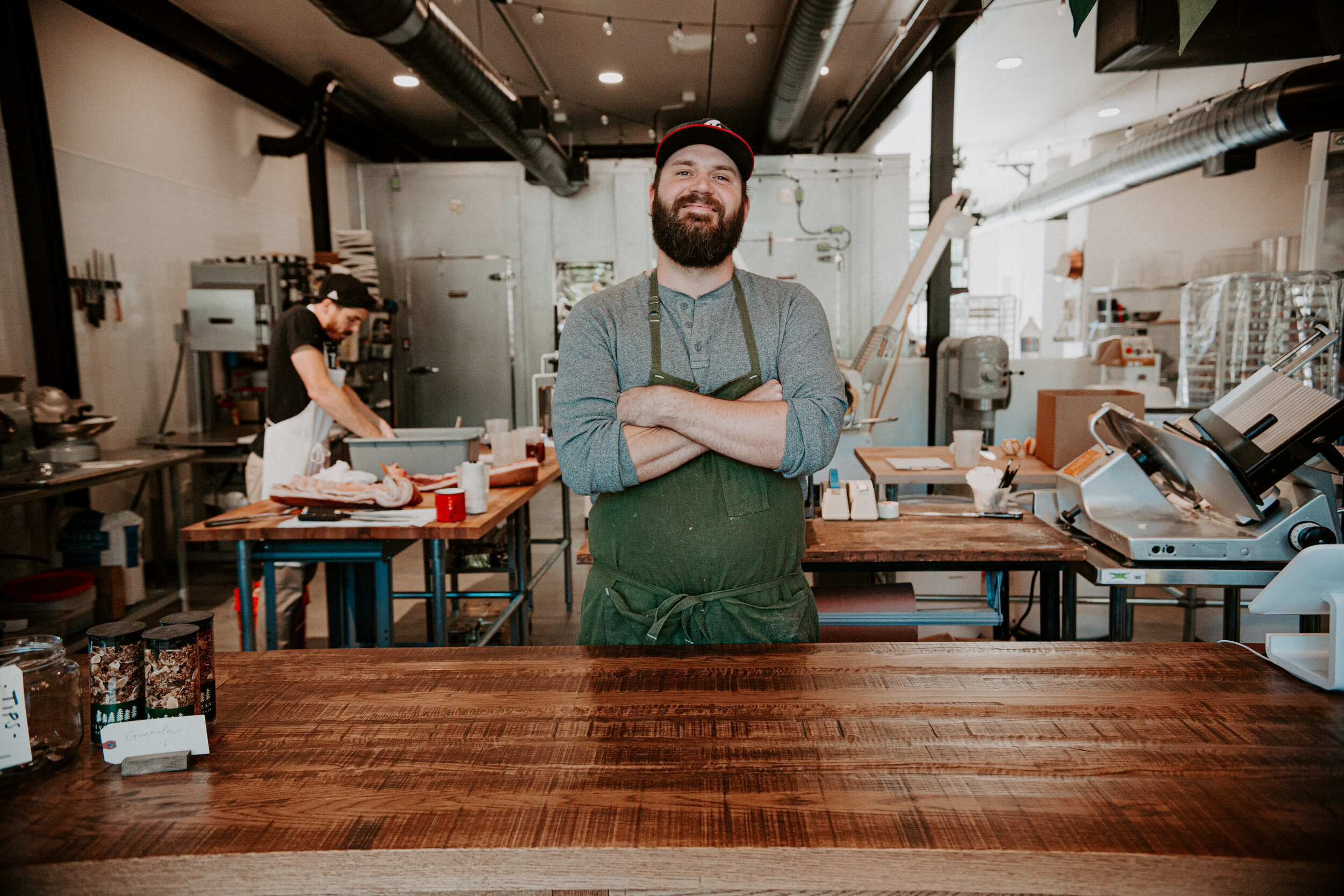
Blog
The History of Adair Park
Before there was Adair Park there was the West End, a small frontier outpost founded in 1830 outside of Atlanta and built around the railroad, Fort Mcpherson, and Whitehall Tavern. After the civil war the area west of the railroad (now Lee St.) began to be developed. Governors, Mayors, Georgia’s first poet laureate, world famous authors, prominent Atlanta businessesmen and executives began to build large Victorian homes on the westside of this suburb. The westside of town was annexed into the city of Atlanta in 1894.
The eastside of West End was slower to develop. After the civil war the area was mostly rural, raw land owned by a handful of real estate speculators who didn’t live on the grounds. The land was cow pasture and a pond occasionally used for baptisms. This is what would become present day Adair Park. There were a few early occupants however, notably Elbert and Catherine who were freed slaves and who the present day neighborhood streets are named for. The owner of the majority of the northside of the neighborhood and most famous resident was Anothy Murphy. He was the founder of the Atlanta Waterworks and Atlanta public school system. Murphy was a civil war hero, famous for chasing a stolen locomotive named the “General” through multiple counties. His great locomotive chase would be made into a movie starring Buster Keathon in 1926 and a Disney movie in 1956.
In the 1890s what is now the north end of the neighborhood between Shelton ave. and Pearce St. began to be auctioned off and built upon. Advertisements for these homes call the neighborhood “Southside Grove” (thank god it didn’t catch on) and state “This property is just the thing for a man of moderate means to get a good home in a good community where many good families who do not have sufficient means to get on streets where property is so high.” These were modest working class homes built for blue collar jobs such as mechanics, machinists, and railroad workers. The exception being the large A.G Gillette Victorian mansion overlooking Metropolitan avenue.
George Adair bought the portion of land south of Peace in 1883 at the age of 70, but development was slow. This could be because there was a pond/swamp in the middle of his land OR it could be because the owner died a few years after purchasing it. His sons would be ones to finish what George started. From 1910 to 1912, their Atlanta Real Estate Company designed the subdivision they named Adair Park and began the process of subdividing and selling lots in the neighborhood. Their designs included state of the art neighborhood amenities. They created a park out of the swamp, they built a new school in the center of the neighborhood, each house’s lot was 250 ft. deeper than what was standard at the time, and they ensured that residents would conveniently travel downtown on the Adairs Atlanta Street Car Line.
Indeed, there is no subdivision in the City of Atlanta where lots for homes, surrounded by every convenience and attraction can be purchased on such favorable terms and prices. Their development attracted a higher end clientele consisting of white collar workers, with the most common occupations to be salesmen, contractors, store clerks and managers (many in stores downtown), bookkeepers, company managers and officers, police and firemen, and railroad employees, most often engineers.
Home ownership exploded and Atlanta annexed both neighborhoods north and south of Pearce into the city in 1910, calling the entire area Adair Park.
BRILLIANT! 2019 Impact Report
J.Rich Atlanta believes in giving back to the global community. We give 10% of our annual revenue to local and global partners that are positively impacting the world.
We launched Brilliant! ATL in 2016 as an initiative to connect the communities of Atlanta with the stories of those making life brighter. Over the course of 2019 we were honored to support some of the best and brightest organizations globally and locally that are creating love & light in the world.
Watch the video above or check out the images below to learn about the projects & people we had the honor of working with through Brilliant last year!
Meats & Treats: The Story of Evergreen Butcher + Baker
J.Rich Atlanta believes in elevating influential voices in our community. Today, we hear from Emma & Sean Schacke, Founders of Kirkwood’s Evergreen Butcher & Baker!
If you have driven down the streets of Kirkwood lately, you may have noticed a new face on the block nestled behind the neighborhood stalwart that is Ardens Garden. Evergreen Butcher + Baker, has moved into the building at 2011 Hosea L. Williams Drive and transformed a space loaded with potential into a thriving business poised to become a new anchor in Kirkwood’s quaint business district. Evergreen is an homage of sorts to a time past, when you could walk to a local butcher or bakery to procure fresh meats and breads. We took a moment to sit down … well actually stand up … and speak with Sean & Emma Schacke, the husband and wife duo behind Evergreen, to uncover what inspired them to start the business and why they chose Kirkwood to call home.
Q&A with Sean & Emma
1) How did you guys dream up this entire idea and concept; where did it come from?
Sean:
For as long as Emma can remember, she's wanted to own a bakery. It kind of started for me once I started cooking. I always thought it would be cool to have a sandwich shop, deli kind of thing. That was 15 years ago, and we have been working and learning different avenues in our crafts. I started butchering five years ago or so and really loved it and got into it.
Emma:
I've been working in bakeries for the last 10 years, so I feel like I just kind of pulled all my favorite things about each one. I worked in a bakery in Amsterdam that was kind of like this, where it was just all grab-n-go stuff, and it was so nice that everyone who lived in the area was able to grab something.
I always wanted a bakery. He always wanted a sandwich shop so ….
Sean:
Once Emma started doing the bread, it all just went hand in hand — bread, meats, pastries.
“I worked for Eli Kirshtein when he was on Top Chef. It was my first job, and it was kind of baptism by fire.”
2) Where did you start your careers?
Emma:
I went to a French pastry school when I was 19. After pastry school, I worked at Cacao, Atlanta, as a chocolate maker for a couple years. Then I went to Amsterdam and worked as a baker. I came back and worked at the One Eared Stag as a pastry chef, and that’s where I met Sean.
Sean:
I started about 15 years ago in a restaurant called Eno that was in Midtown. It closed a few years back. I worked for Eli Kirshtein when he was on Top Chef. It was kind of baptism by fire. I went from there to a few other kitchens around town and got the job at One Eared Stag, and I was there for about three and a half years. I became the sous-chef there, and that's where I met Emma.
We moved to Nashville. I was the executive sous-chef at Jonathan Waxman's place called Adele's. Then we moved to Chicago, and that's where I realized I was a little burnt out from being in the kitchen, the long hours…
Emma:
He was working like 90-hour weeks!
Sean:
I had gotten into butchering whole hogs and goats at the Stag here, and Emma was like, “Maybe you should try to find a butchering job in Chicago.” I agreed and got a job at Publican Quality Meats.
Emma:
In Chicago I worked in Floriole Bakery and Pleasant House Bread which is where I switched over to sourdough breads, particularly. We were doing all wood-fired bread and milling flour, so I feel like that's where I got an appreciation for grains and the techniques that go into it.
Then we moved to Portland, Maine together, and I worked at Scratch Baking Company.
Sean:
I worked at a small butcher shop there, so I kind of got the sense of what it's like to be a huge mass production in Chicago and what it’s like to be the neighborhood place where everyone comes in everyday for their meal. I kind of got both sides, which helps us envision this place a little better to best fit the neighborhood.
“We were doing all wood-fired bread and milling flour, so I feel like that’s where I got an appreciation for grains and the techniques that go into it.”
3) Where does the name come from?
Sean:
It comes from our time in Maine because they're the pine state and it's evergreen.
Emma:
It really is because we just kind of want to be steady and stable for everyone's lives and households. We don't think bread or meat should be some luxury item. We think you should be able to have access to good quality items to take home and feed your family. We want to be able to stay constant in people's lives.
4) Since you guys got started here, how have things been going for you so far?
Emma:
It's been going really great.
Sean:
Yeah, we couldn't ask for anything more.
Emma:
It’s also been overwhelming because we didn't really expect the reception that we've been receiving, so that's really nice.
Sean:
Yeah, we had confidence that what we were doing would be well received, but everyone seems to really love it, and we're just trying to keep up right now.
Emma:
We can't quite make enough bread for everybody.
“It’s also been overwhelming because we didn’t really expect the reception that we’ve been receiving, so that’s really nice.”
5) Why Kirkwood?
Emma:
Kirkwood kind of fit exactly what we really needed because of our vision for being a specific neighborhood place where everyone can easily come here and buy what they need.
Sean:
It's so easily walkable, and parking is at a premium in the city already anyway. Just knowing that there was already a built-in base here in this neighborhood was great because we're not trying to get anyone driving in. I mean, we'll take that, too, but our whole idea was that we could just survive with a neighborhood.
Emma:
And the best part already is that we have customers that we already recognize and know their names and they come in every week. That's the best part about it. That's what we wanted.
6) Why this building?
Emma:
We were like, this would be perfect. It was an empty shell, and we could make it exactly what we needed, but it was just hard to feel like we deserved such a great opportunity. We’ve been moving around for the last 10 years of my life, so it was kind of a big thing to be like, we're here and we're staying for good.
Sean:
With this whole building, our whole dream of being able to live above our workspace was easy to accomplish.
Emma:
The low was waiting an eternity for all of the zoning and permitting and everything when we had just moved back from Maine and we were living with my parents, so it was a process. It felt like it took forever.
Sean:
Yeah, we definitely learned patience, I think. That was the worst part. We really wanted to get back to work.
Emma:
We were definitely out of our comfort zone learning how the whole process works. I don't want to do it again.
7) Since you guys have been open, what's been the biggest hurdle for you to overcome?
Sean:
Getting our production down so that we're not spending every waking hour here.
Emma:
I mean, we expected a lot of hard work obviously. Twenty-hour days is a little much though, but we're willing to do it. It’s just, I didn't expect to need so many extra hands, especially with the pastries.
Sean:
We thought we could handle it but ….
Emma:
Yeah, we made numbers based on the maximum number I could produce alone. I hit 400 pastries and 75 loaves of bread a day, and that was selling out in 2 hours, so now I need more hands because people are buying boxes of pastries at a time.
Make sure to check out Evergreen Butcher + Baker.
PRO TIP: Get there early because they sell out of the good stuff fast!
Recent Posts
Blog Archive
- November 2020
- October 2020
- September 2020
- February 2020
- January 2020
- October 2018
- August 2018
- July 2018
- May 2018
- April 2018
- November 2017
- October 2017
- September 2017
- August 2017
- July 2017
- June 2017
- May 2017
- April 2017
- March 2017
- February 2017
- January 2017
- December 2016
- November 2016
- October 2016
- September 2016
- August 2016
- July 2016
- June 2016
- May 2016
- April 2016
- March 2016
- February 2016
- January 2016
- December 2015































